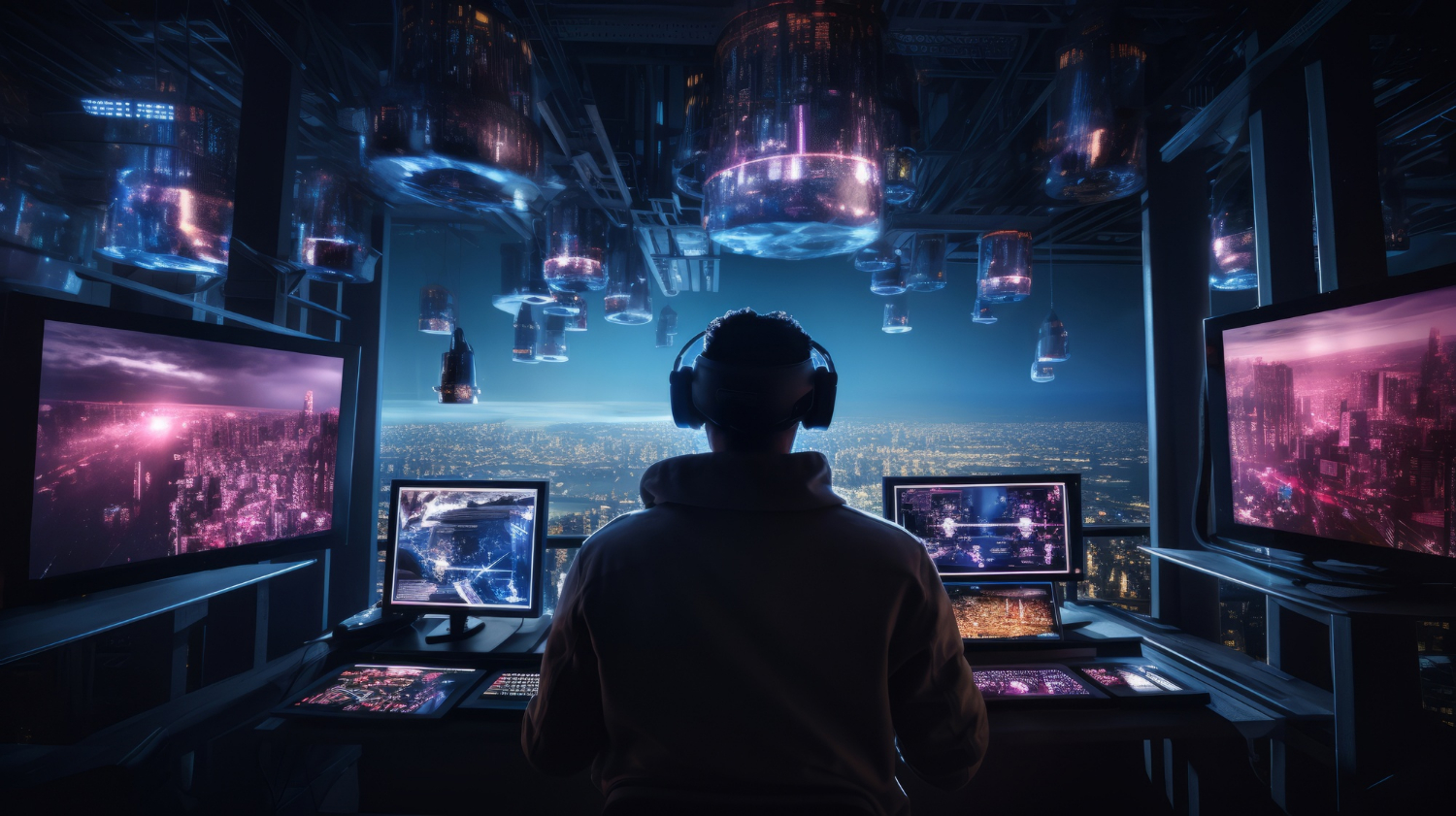Visual Effects, or VFX, is a captivating field that brings imagination to life by adding special effects to movies, games, and animations. Learning VFX involves understanding both the technical skills and the creative concepts necessary to create stunning, realistic effects. For those interested in animation, VFX training in Udaipur offers essential skills that can elevate simple scenes into extraordinary visual experiences.
Basics of VFX and Animation
Before diving into complex effects, VFX students first learn the fundamentals of animation. This includes an introduction to key principles such as timing, spacing, and motion, which form the backbone of animated sequences. By understanding these principles, students gain insights into how to create lifelike movements that make animations more believable. Additionally, they learn about the types of animations used in VFX, such as character animations, environmental effects, and particle animations.
Understanding Software and Tools
In VFX training, a large part of the curriculum is dedicated to mastering the software commonly used in the industry. Programs such as Adobe After Effects, Blender, and Autodesk Maya are some of the key tools that students learn to work with. These software tools allow artists to build, edit, and manipulate images and videos, creating everything from subtle details to grand effects. Students also explore different features and functions within these tools, such as layering, masking, and compositing, which are essential in the creation of VFX animations.
Key Techniques in VFX
Various techniques are critical for making animations come to life, and students spend a lot of time learning these during VFX training. One of the most important techniques is compositing, where multiple layers of visual elements are combined into a single image. Compositing helps create seamless effects, like adding a character into a real-world environment.
Another technique is rotoscoping, where artists trace over live-action footage to create realistic animations. This technique is widely used in films to blend animated elements with real actors and settings. Additionally, students learn about motion tracking, which allows animated objects to follow real-world movements, ensuring they stay in sync with live footage.
Creating Realistic Effects
To produce believable effects, VFX training also covers the study of physics and natural phenomena. By understanding how elements like fire, water, and smoke behave, artists can mimic these effects digitally. For example, if a scene requires a realistic fire effect, students learn how to simulate its movement, light, and texture using digital tools.
Creating realistic lighting and shadows is another vital skill. Lighting is essential for making scenes look natural, while shadows add depth and realism. During training, students practice adjusting light sources, shadow intensity, and color tones to fit different settings and moods.
Character Animation and Rigging
For those interested in animating characters, VFX training often includes lessons on character rigging and animation. Rigging is the process of creating a skeletal structure for a character, enabling it to move in a realistic way. Once rigged, students can animate the character, controlling each limb and joint to achieve specific actions or expressions. This is particularly valuable in animated films, video games, and virtual reality applications where lifelike characters are essential.
Special Effects and Simulations
Special effects and simulations are central to creating action-packed animations. Simulations allow artists to recreate phenomena like explosions, weather conditions, or even magical effects. By experimenting with these, students can add drama and excitement to their scenes. This section of VFX training encourages students to get creative with digital effects, designing scenes that go beyond reality and into the realm of fantasy.
Texturing and Shading
Texturing and shading are essential for adding detail and authenticity to digital models. Texturing involves applying colors, patterns, and textures to a surface to make it look like something from the real world—like wood, metal, or fabric. Shading, on the other hand, deals with how light interacts with these surfaces. Through shading, artists control how surfaces reflect light, making them appear glossy, matte, or even transparent. By learning these techniques, students can give their animations a polished, professional look.
The Role of Storytelling in Animation
Lastly, VFX training emphasizes the importance of storytelling. While technical skills are crucial, a well-crafted story makes animations memorable. Students learn how to plan scenes, arrange sequences, and use visual effects to enhance the narrative. Storyboarding is often taught as part of this process, allowing students to visualize the storyline before diving into the animation.
Final Thoughts
VFX is a versatile and fascinating field that requires a mix of creativity and technical expertise. Through VFX training, aspiring artists learn how to create everything from realistic character movements to impressive special effects, bringing their artistic visions to life. For those looking to break into animation, mastering VFX can be the key to producing high-quality, engaging content that captivates audiences.
In cities like Udaipur, where creative arts are growing in popularity, VFX training can open doors to exciting careers in media and entertainment. By acquiring these skills, students gain a competitive edge in the world of animation and digital effects.

